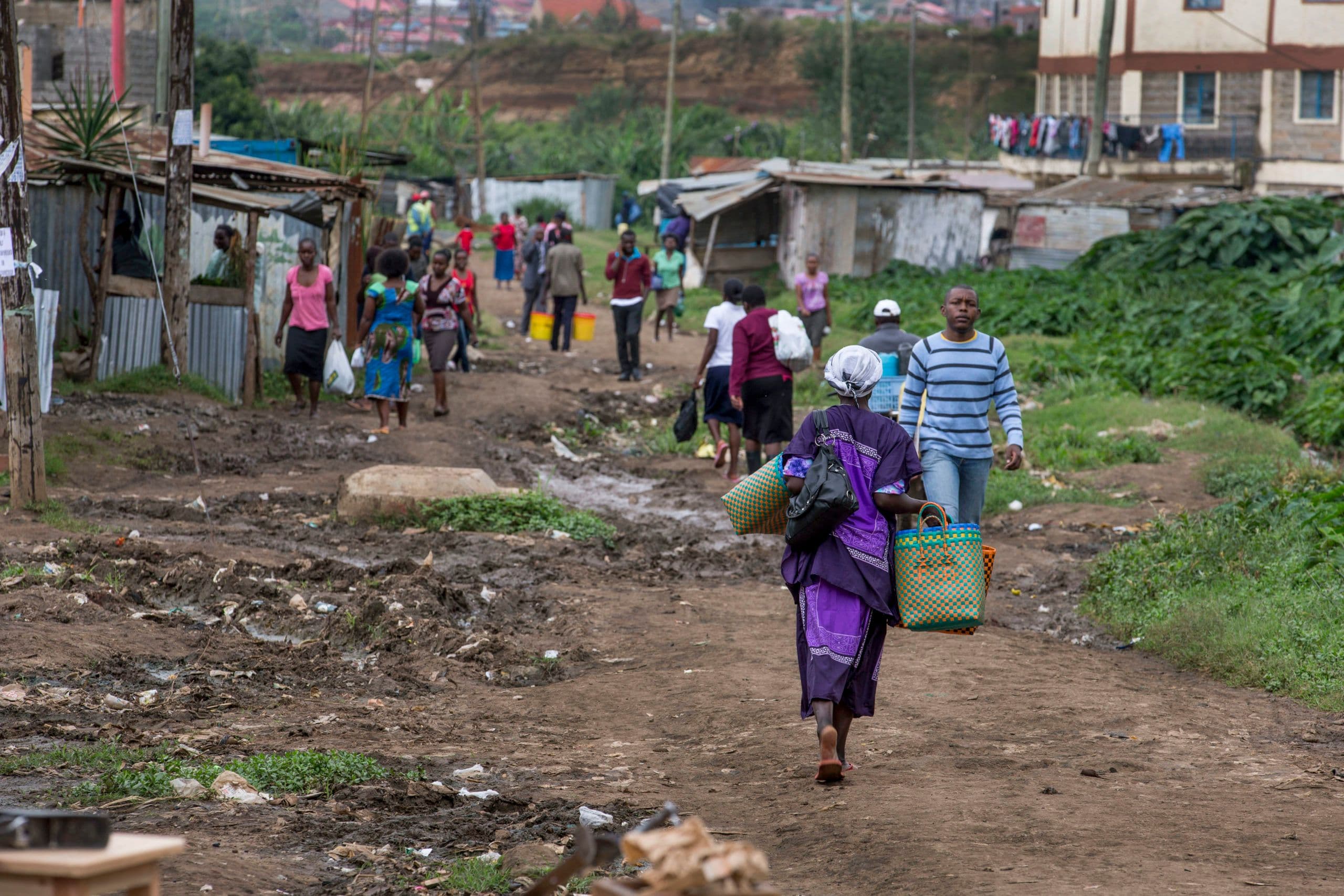Running the Global Health & Development Fund

▲ Photo by Jonathan Torgovnik on Images of Empowerment
Related articles
This is the fourth in a four-part series discussing our new Global Health & Development Fund and our approach to grant-making. In the first post we give our rationale for launching the Fund. In the second post we discuss how our Fund fits into the existing development funding landscape. In the third shows how we aim to maximize the impact of our grants.
Here we discuss our plans for learning and improving over the coming months.
In our previous posts about the Global Health & Development Fund we’ve made a number of claims:
- Donors can increase their impact by pooling their donations in a Fund instead of each making individual granting decisions;
- There are high-impact funding opportunities in global health and development that we haven’t found yet;
- We’re more likely to find these opportunities if we focus on areas neglected by other funders, like interventions that improve policy-making or are less attributable to the actions of any given donor.
We’re confident that running this pooled Fund will allow Founders Pledge members to have more impact, both because it simplifies the logistics of granting and because it opens up more funding opportunities. However, we recognize we’re venturing into uncharted territory. That’s why openness and improvement are core values for our Fund management, in addition to Impact. In this blog, we describe how we’re going to learn, communicate and iterate over the coming months and years.
Progress tracking
We’ll be posting regular updates so that Fund contributors know what we’re up to. The frequency of these communications will depend partly on how many grants we make, which in turn depends on how popular the Fund gets. We’d like to be able to make grants on a quarterly basis and provide progress updates similarly. These progress updates will include information about every grant we make, plus a Fund Manager’s explanation of why we think the grant was impactful. We’ll also be reporting outputs and outcomes from previous grants when appropriate.
Our commitment is that donating to the Fund will be at least as cost-effective as donating to our current top recommendations for global health and development. To hold ourselves accountable to this pledge, we’ll also be assessing our own impact annually. As we discussed in the third post in this series, one way we’ll be aiming to maximize our impact is by pursuing opportunities that might not otherwise be available to Founders Pledge members. These may include time-sensitive funding opportunities or one-off chances to influence policies that have far-reaching effects. The nature of these opportunities means that we may not always be able to measure the outcomes of our grants soon after making them. In these cases, we will clarify and quantify the assumptions behind our grant-making decisions. When these assumptions can be tested by making forecasts about intermediate indicators, we’ll also be publishing and tracking these forecasts and testing our calibration over time.
Figure 1: A village cooperative in Ntunga, Rwanda

Source: Dewdrops123, CC BY-SA 4.0, via Wikimedia Commons
Open questions
We’re excited to use the Fund to learn about the global health and development space by examining a wider range of funding opportunities. Some of the open questions we’ll be seeking to answer as we assess funding opportunities and make grants include:
- How often do opportunities to improve important development policies in low- and middle-income countries arise?
- How often do time-sensitive funding opportunities that are better than our top funding recommendations arise?
- Within the policy space, what kind of issues should we be looking to work on? Which interventions is philanthropy best-suited to support, and how can we ensure that our grants support contextually-appropriate work that is led by local people?
- What data can we use to calibrate our assessments of how likely an intervention or advocacy campaign is to succeed?
- How accurate are our views on which areas in global development are neglected by other funders, and does this really provide an opportunity for Founders Pledge to achieve outsized impact?
Final thoughts
The Global Health & Development Fund is a great opportunity for Founders Pledge members interested in using their donations to improve the lives of the world’s most vulnerable people to connect with each other, engage with our latest research, and support highly impactful funding opportunities. We face big challenges and a lot of uncertainty, but could not be more excited about the possibilities for impact that the Fund represents. Please don’t hesitate to get in touch if you’d like to come along on this journey with us – we’d love to share more about our plans and how you can get involved.
If you think there are other important assumptions we should test or open questions we should track, get in touch with our Fund Managers.